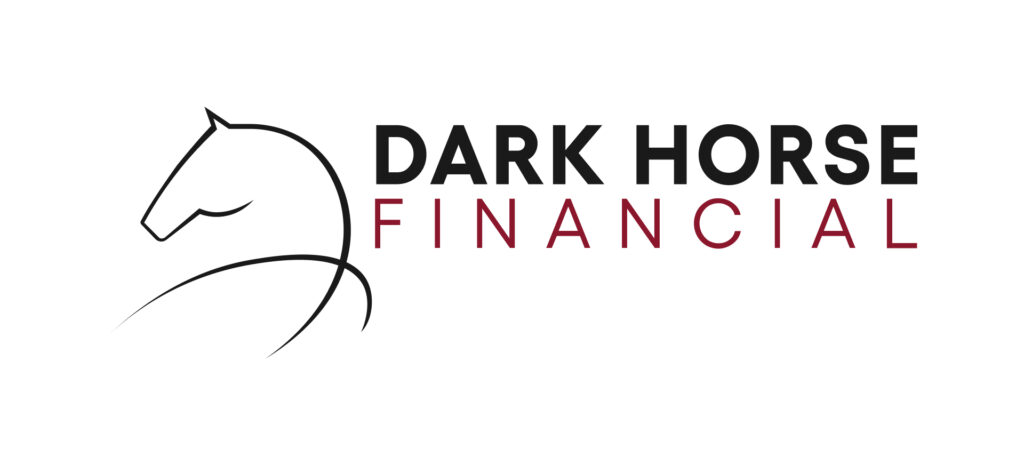Key Takeaways
- Accounts receivable (AR) financing is a funding solution that allows businesses to access cash tied up in unpaid invoices.
- Businesses receive an advance on their invoices, typically 80-85% of the invoice value. After the customers pay the invoices, the lender will charge their fees from the balance and return the rest to the business.
- Benefits include improved cash flow, no physical collateral required, and a less strict approval process compared to traditional loans.
- On the other hand, some AR financing can be high in fees and could lead to over-reliance on financing.
- AR financing is ideal for businesses in industries like manufacturing, logistics, and professional services that rely on customer payments for cash flow.
- When choosing a lender, it's crucial to seek help from lending experts like Dark Horse Financial to ensure that you get the best fee structure and terms.
Accounts receivable (AR) financing is a funding solution that allows businesses to borrow against their outstanding invoices. This type of financing enables companies to access funds tied up in unpaid invoices, providing them with the working capital needed to cover daily operations, invest in growth, or manage unexpected expenses.
Let’s explore the ins and outs of accounts receivable financing, including how it works, its benefits and drawbacks, and a practical example.
How Does Accounts Receivable Financing Work?
Accounts receivable financing involves a business using its unpaid invoices as security for a loan. The lender provides immediate cash amounting to a percentage of the total value of the invoices. The business now has the cash needed for daily operations without having to wait for customers to pay their invoices. This financing model is especially useful for businesses that operate on credit terms.
Here’s a step-by-step breakdown of the process:
- Invoice Generation: The business issues an invoice to a customer for goods or services delivered.
- Application to a Financing Provider: The business submits a batch of invoices to an accounts receivable financing provider.
- Approval and Advance: Upon approval, the lender advances a percentage of the invoice value, usually 80-85%.
- Settlement: Once the invoices are paid, the financing company deducts fees and returns the remaining balance to the business.
Accounts Receivable Funding Example
Let’s look at a practical accounts receivable funding example to understand its application:
Scenario: A manufacturing business issued a batch of invoices totalling $1.2 million with payment terms of 45 days. However, the company needs cash immediately to purchase raw materials in bulk for a new project.
Solution: The business approaches an AR financing provider, which agrees to advance 85% of the invoice value as a line of credit. Here’s how the numbers work out:
- Invoices Amount: $1,200,000
- Advance (85%): $1,020,000
- Financing Fee (3%): $36,000
The business now gets access to a line of credit amounting to $1,020,000, allowing them to purchase the raw materials they need without waiting several months for their customers to pay their invoices.

Benefits of Accounts Receivable Funding
Accounts receivable funding offers several advantages for businesses:
Improved Cash Flow
AR financing provides immediate access to cash, enabling businesses to cover operational expenses, meet payroll, or invest in growth opportunities without waiting for customer payments.
No Asset Security Required
Unlike traditional secured loans, accounts receivable financing is secured by invoices rather than physical assets, making it accessible to businesses without significant assets or those unwilling to pledge assets.
More Accessible
AR financing can be more accessible to businesses since it’s considered less risky by lenders due to the invoices being used as security. Thus, the approval process is not as rigorous as traditional loans.

Drawbacks of Accounts Receivable Financing
While accounts receivable financing has its advantages, businesses should also consider the potential downsides:
Accounts Receivable Financing Has Fees
Fees for AR financing can be higher than traditional loans, particularly if customers take a long time to pay their invoices.
Potential for Over-Reliance
Relying too heavily on AR financing can lead to a cycle of dependency, particularly for businesses that struggle with cash flow management.
Limited Invoice Coverage
The amount you can borrow is only limited to the total value of the invoices you submitted. This may not be ideal if you need a large sum for a major purchase.
Who Can Benefit from Accounts Receivable Financing?
AR financing is suitable for businesses in a variety of industries, including:
- Manufacturing: To maintain production schedules and meet high demand.
- Professional Services: To bridge cash flow gaps between project milestones.
- Logistics: To cover operational expenses like fuel and payroll while waiting for customer payments.
Choosing the Right Accounts Receivable Financing Provider
Choosing an AR financing provider can be challenging to do on your own. That’s why it’s recommended to seek help from a lending expert like Dark Horse Financial. Experts can help match you with the right provider and loan product based on the following factors:
- Fee Structure: We compare fees across providers, including advance rates, discount rates, and any hidden charges to ensure you get the best deal.
- Terms and Conditions: We understand the terms, including recourse (responsibility for unpaid invoices) and non-recourse options.
- Reputation and Expertise: We know which lenders have experience in AR funding and those that have worked with your industry before.
Final Thoughts
Accounts receivable financing is a great way for businesses to unlock cash tied up in unpaid invoices. Whether you need to cover short-term expenses, invest in growth, or stabilise cash flow, this financing option can provide the flexibility and speed required to keep your business running.
Get Accounts Receivable Funding Today
If you’re considering accounts receivable financing, Dark Horse Financial can help you find tailored solutions that meet your unique needs. Reach out to us to learn more.





